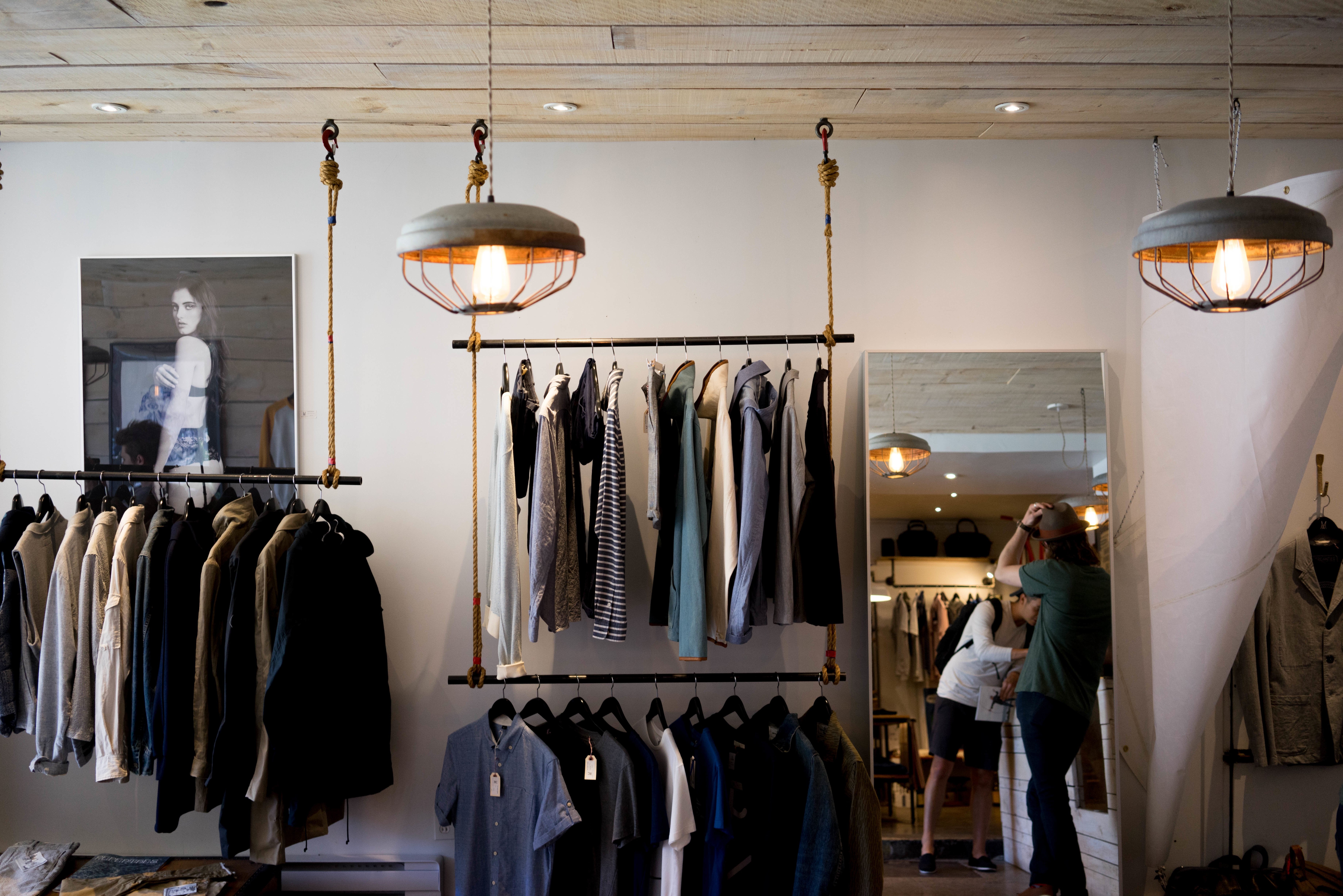How to Evolve Retail Communications to Serve Millennials
Millennials now comprise the largest demographic of the American workforce; by 2020, one of every two workers in the country will have been born between 1980 and 2000. Millennials also are the greatest consumers of emerging technologies. For perspective, an estimated two-thirds of Americans ages 25-29 do not have a landline in their homes, preferring to rely on wireless devices for communication.
Retailers know all too well that this demographic shift is in progress and that it affects how their millennial employees interact with corporate, managers, customers, and each other. However, not all retail communications have kept up. The usual channels that might have seemed cutting-edge 20 years ago (e.g., email and two-way radios) are not resonating with the younger employees of today. Here are some ways to evolve retail communications and operations to serve millennial workers:
Embrace Technology
Some retailers are hesitant to upgrade the technology used for communications. Whether cost is an issue, or a fear of obsolescence as soon as they adopt a new approach, or a basic resistance to change, companies that fail to innovate can find themselves at a competitive disadvantage. For example, if a retailer is training its employees with tablet technology and video, millennials are more likely to respond favorably and engage in their jobs than with another retailer still relying on printed training manuals. Mobile content management solutions bring retail communications into the present by incorporating tablet technology, simplified file distribution and collaboration, and video. Millennials are familiar with and use these innovations in their everyday lives, so they respond when given a chance to use such technology in the workplace.
Interactive Training
As already mentioned, training is an essential element of retail communications—and one that many companies struggle with. Millennials simply aren’t receptive to learning via the methods their older counterparts experienced; anything that feels like “we talk, you listen and learn … or else” might be tuned out. If employees tune out training and operational procedures, they won’t be productive but will be more likely to leave for a more interesting, less regimented job, thus chipping away at your company’s bottom line. Mobile training and operations technology eliminates much of the boredom/drill sergeant factor from the process. Learning becomes interactive—for example, a video directly shows how to set up a display rather than written instructions trying to explain it.
Easy Feedback
Another key retail communications priority for millennials is to feel part of the process and contribute. If employees have questions or concerns, or if they discover something isn’t working as it should be, they want answers and solutions. In the past, these workers often had no recourse other than a suggestion box. Their concerns would languish, possibly leading to a feeling that they don’t matter to a company’s success. Today’s mobile content management solutions add easy communication into the technology. If a worker has a question about a training process, he or she can send a message directly from the software, possibly adding a screenshot or video into the message. Moreover, the manager or executive best suited to answer the question can do so more directly and easily—just a simple reply within the software rather than emails and phone calls that must trickle down to the employee.
Encourage Best Practices
Millennial employees sometimes get a bad rap for being lazy or uninterested. Quite the contrary, these workers are invested in improvement and engagement—but in a way that might be a little foreign to older workers. If millennials see a process that can be improved, they will want to initiate that improvement rather than blindly accept any previous inefficiency. The file-sharing and video capabilities of mobile retail communications software facilitate this goal. A worker at one location can shoot video of a better way to stock shelves, then share that footage to similar workers within the store and across the country. Those other employees enter the conversation, and before you know it, a new best practice has been established, honed and perfected on the front lines.
What retail communications struggles have you encountered with millennial employees?





